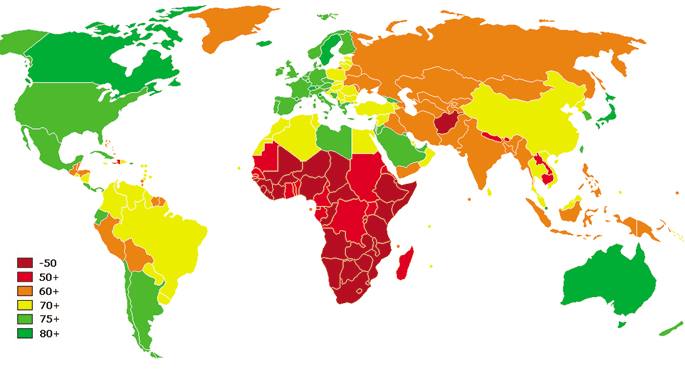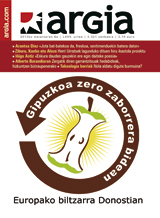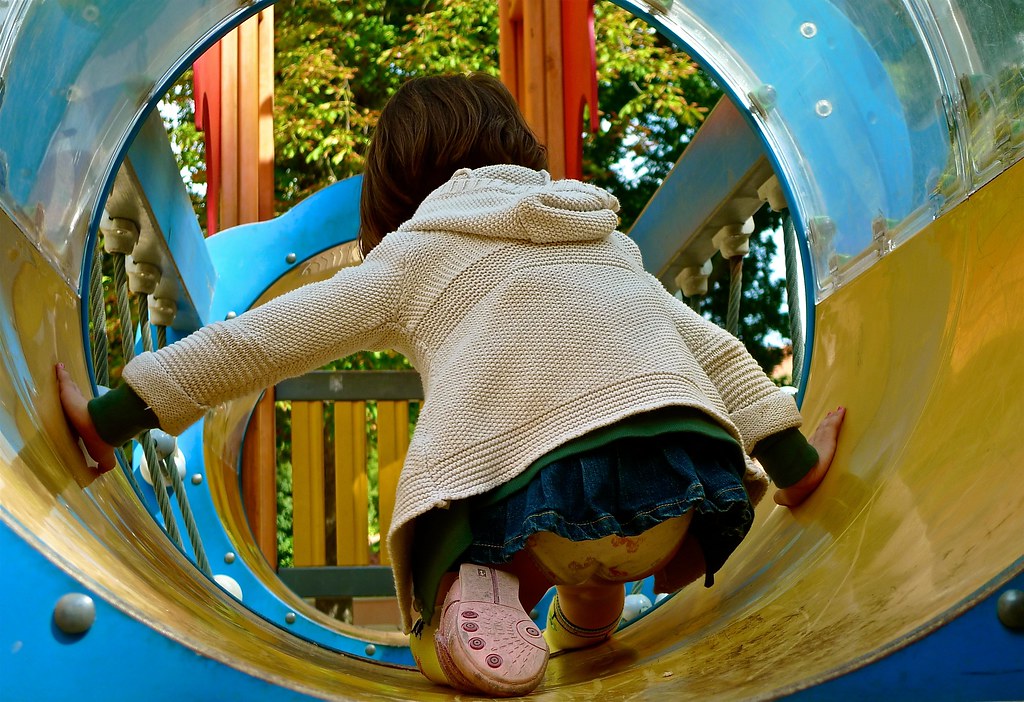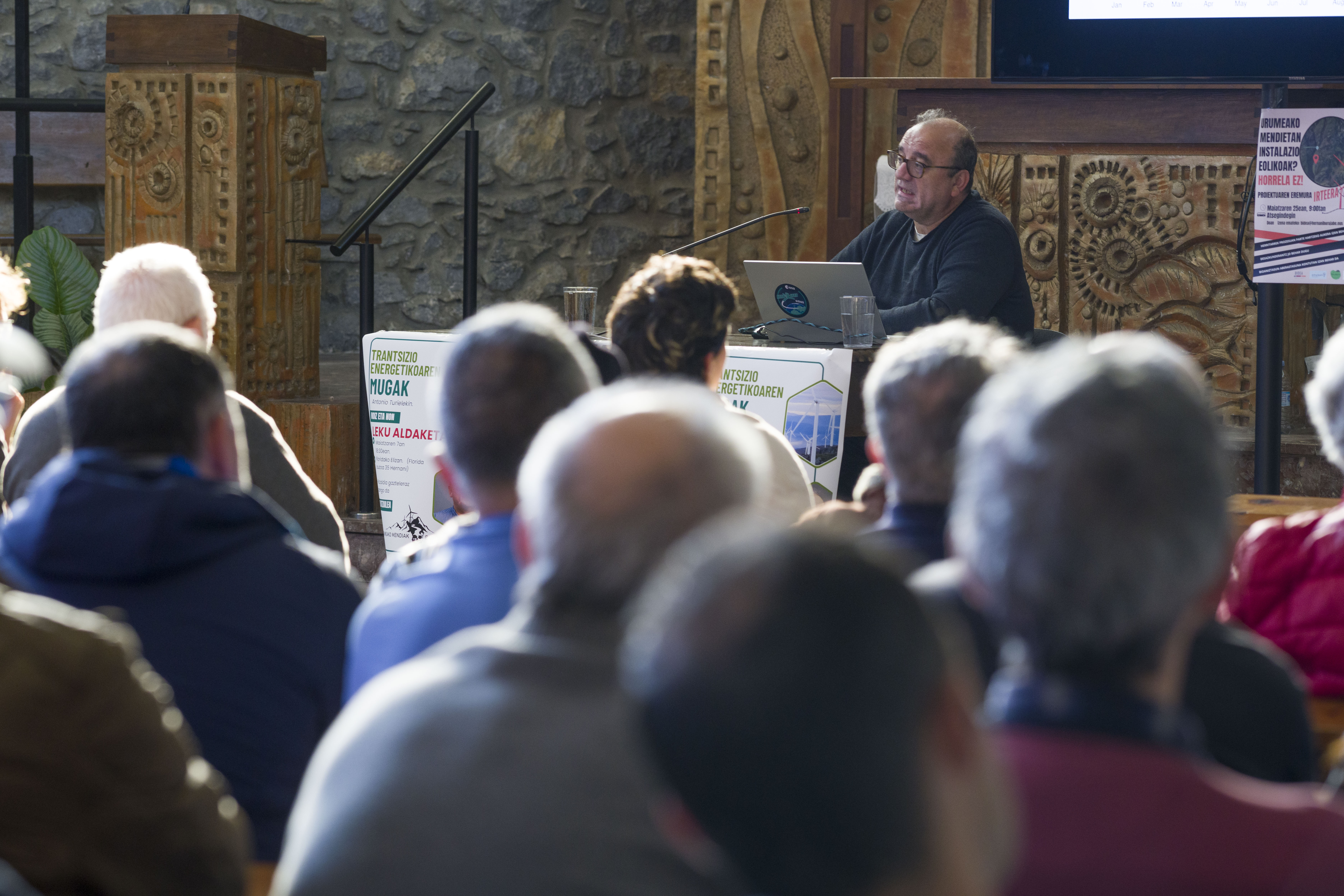Life expectancy in Europe

Life expectancy is only a number that indicates the average age of the inhabitants of a country at the time of their death. According to measurements carried out in Europe, in 2010 Sweden had the highest life expectancy (79.6 years) and Lithuania the lowest (68 years). Men and women have a different life expectancy; among European women, it is French and Spanish women who have the greatest life expectancy: 85.3 years. The women of Bulgaria are the smallest: 77.4 years.
In 2005, the European Commission launched a new indicator, Disability-Free Life Expectancy (EBI), i.e. an index that measures quality of life; a person can live many years, but is often incapacitated in recent years, generating high costs for society. According to the new index, the differences in quality of life between European countries are explained very clearly: In 2010, the IBI was 71.7 years in Sweden, while in Slovakia it was 52.3 years.
IMD will be of great importance in carrying out social security spending prospections. The longer it is, the longer it may be, the longer it may be, and the lower it may be, the higher the social cost afrontar.Los recent data indicate that in Europe, in general, the EU-27 seems to have
no changes but is being cut in some southern countries, such as Spain, Italy and Portugal.
Andrea Velasko dietista eta nutrizionistak elikaduraren bidez menopausiak eragindako aldaketak kudeatzeko zenbait gako eman ditu.
BRN + Auzoko eta Sain mendi + Odei + Monsieur le crepe eta Muxker
Zer: Uzta jaia.
Noiz: maiatzaren 2an.
Non: Bilborock aretoan.
---------------------------------------------------------
Ereindako haziek ura, argia eta denbora behar dute ernaltzeko. Naturak berezko ditu... [+]
Antonio Turiel fisikari eta CSICeko ikerlariak aspaldiko urteetan ez bezala bete zuen Hernaniko Florida auzoko San Jose Langilearen eliza asteazkenean. Zientoka lagun elkartu ziren Urumeako Mendiak Bizirik taldeak antolatuta Trantsizio energetikoaren mugak izeneko bere hitzaldia... [+]























